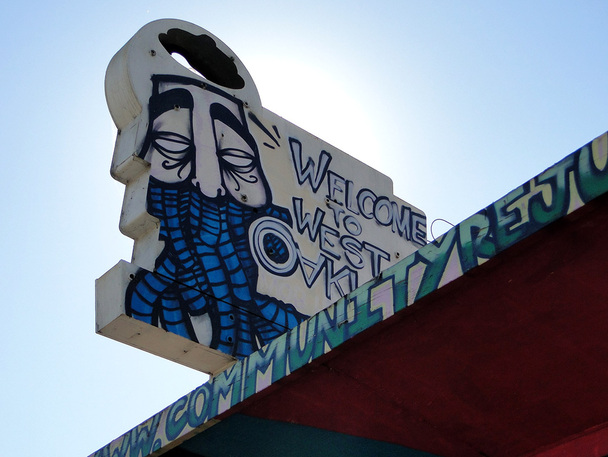When I was young, my parents spoke fondly of Tucson, AZ, where I was born. I only ever lived there a year, so I never remembered much about it. I later revisited the city on one of the many annual road trips my family used to take. One of the first impressions I had of the city was just how much graffiti there was, particularly in our old neighborhood. We lived in an adobe row house that had been built in the early 20th century for the railroad workers, next to the train tracks. My parents told stories of how the house would shake like a bomb had gone off whenever a train approached, followed by a deafening “choo-choo.” But rather than the stereotypical poverty-stricken storyline that often accompanies neighborhoods adjacent to railroads, my parents described that time as simple and romantic—a dusty, bohemian scene reminiscent of the Old West. The colorful and persistent graffiti on the trains especially caught my eye.
I’ve never really given graffiti much in-depth thought
beyond appreciating its aesthetic. After watching “Bomb It,” I’ve realized that
much like other art, graffiti has meaning. Graffiti is unique because it is illegal,
which adds a whole element to its creation. It serves a double purpose, because
it is both what a specific piece is representing, as well as a way to gain
power within public space.
This is especially true for graffiti on trains because they
are not stationary. It is as if the graffiti is a way of gaining spatial power
wherever the train goes, rather than just tied to one specific place. Therefore,
the artist’s work will be seen by a more diverse, possibly larger group of
people.
Furthermore, while the railroad system in the United States
is not very glamorous and often overlooked, they are still one of the most
common entities associated with industrialization. Graffiti serves as such a
strong juxtaposition when featured on trains, as if it exists to rebel against and
exploit the capitalist systems that led to post-industrial crumbling
infrastructure. Graffiti on trains may be illegal but it serves as an underground
public art that not only gives a voice to the marginalized but amplifies and
carries it beyond their personal mobility.


